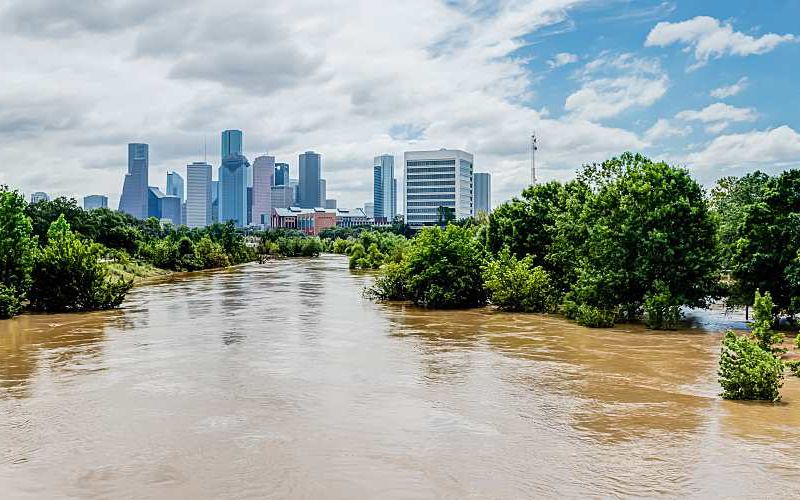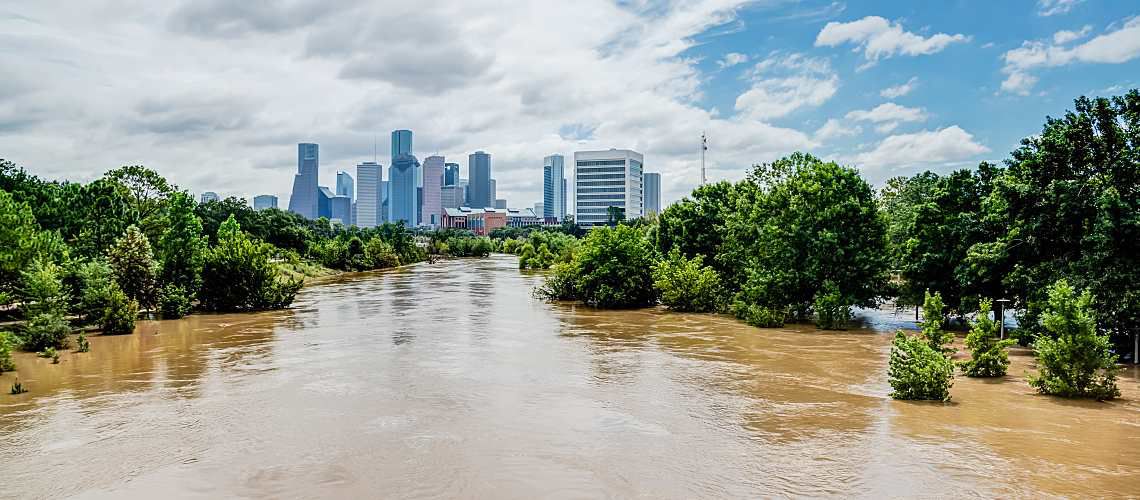3 Emergency Preparedness Protocols That Brace Your Lab for Water Crises


Developing emergency preparedness protocols for your water lab may seem like overkill, in terms of the sizable chunk of time and resources you dedicate to the task, but channeling this foresight can pay off significantly in the instance of a disaster.
When Hurricane Florence hit North Carolina in September 2018, for example, scientists from the Department of Environmental Quality evacuated along with everyone else, as PBS reported. Days passed before they could return and begin water testing for pathogens and contaminants, leaving industrial waste, agricultural runoff, and wastewater to flow into waterways. As a result, municipalities experienced an increase in Salmonella and Campylobacter infections. The need for water testing was critical.
But this need for urgent emergency action isn't isolated to flooding and hurricanes; droughts, earthquakes, and other events can also wreak havoc on water testing labs. To ensure your lab is prepared to jump into action and assist communities in the wake of a natural disaster, you'll need a comprehensive emergency plan. Here's how to craft a disaster-proof one for your lab.
1. Develop a Response for Each Emergency Phase
In a crisis, water labs need to be prepared for an influx of samples and requests for a range of tests. Your work is essential to public health and safety, so it's vital that you return to testing functions as soon as possible after a disruption. That means creating emergency preparedness protocols with staff buy-in, so your lab can meet the demand for fast results while you're bouncing back from a disaster.
According to the National Institutes of Health, an emergency response plan should address four key phases:
- Mitigation: This phase focuses on limiting the potential damage of a disaster by ensuring safety protocols are in place and are being followed, such as rules regarding chemical handling and emergency equipment like a sprinkler system.
- Preparedness: This entails developing the plans and processes that your lab will use in the instance of a crisis. These should be thorough and tested ahead of time. Be sure to include the location of supplies, how everyone will communicate during the disaster, and who will lead the charge.
- Response: In this phase, your lab will need to be ready to take charge and collaborate with outside responders during a crisis. Train your staffers so they're well-versed in their role within the larger emergency response plan, and work with decision-makers on a plan to handle crisis communications.
- Recovery: This phase involves picking up the pieces. Each member of your staff should have a role in restoring the lab after a disaster, so that business can return to normal without significant delays. This is also a golden opportunity to make any adjustments to improve future processes.
2. Determine Impact vs. Probability for Incidents
Preparedness starts by determining the incidents most likely to occur, so you get a better idea of the type and magnitude of planning required. If you're in an area where hurricanes frequently strike, for instance, you need to plan for flooding. That said, you should be prepared for each and every type of incident your lab may experience.
To set your priorities, map the impact of a potential event versus the likelihood of occurrence. Focus your effort on the events with the highest risk and impact. Consider how the emergency would affect your lab, from costly equipment damage to the loss of critical tests. Recall any similar emergencies in your lab and other documented cases in your community, then plan your response in detail.
Do some research to find resources that make the job easier: For example, the Association of Public Health Laboratories offers a guide for dealing with floods in the lab environment.
3. Find Backups for Staff and Equipment Shortages
Severe weather can disrupt power, damage buildings, and make roads impassable — or a local state of emergency could close them to all but essential travel. Determine if anyone on your staff could reach the lab in an emergency, and how you would inform them that they're needed. If no one can come to the lab for a day, two days, or a week, consider what problems would arise.
Also plan for the loss of equipment and materials your lab uses. For every piece of equipment, note the exact specifications in a document accessible from any location and keep a copy of the original invoice. For materials, ensure you have full contact information for every one of your suppliers.
Set up an agreement in advance with neighboring labs that have similar equipment and functions to use their facilities in an emergency — just make sure they're far enough out from the danger zone. Make sure these backup labs also have the right certifications to perform the testing you need, and that you'll be able to safely transport samples to them.
To handle this uptick of testing, these labs may also need additional personnel, either from your lab or qualified substitutes. Public and private utilities can check with the Water/Wastewater Agency Response Network to determine what emergency aid and assistance may be available.
To make developing a continuity plan easier, the Environmental Protection Agency's Continuity of Operations Plan for drinking water and wastewater labs provides a valuable template and instructions. Although designed for public health laboratories, most actions are equally applicable to private labs.
You'll be back in business eventually and testing on your regular schedule. But make sure you close the loop: Meet with your staff again to identify how well your emergency plan worked and what you can do to improve it going forward.






